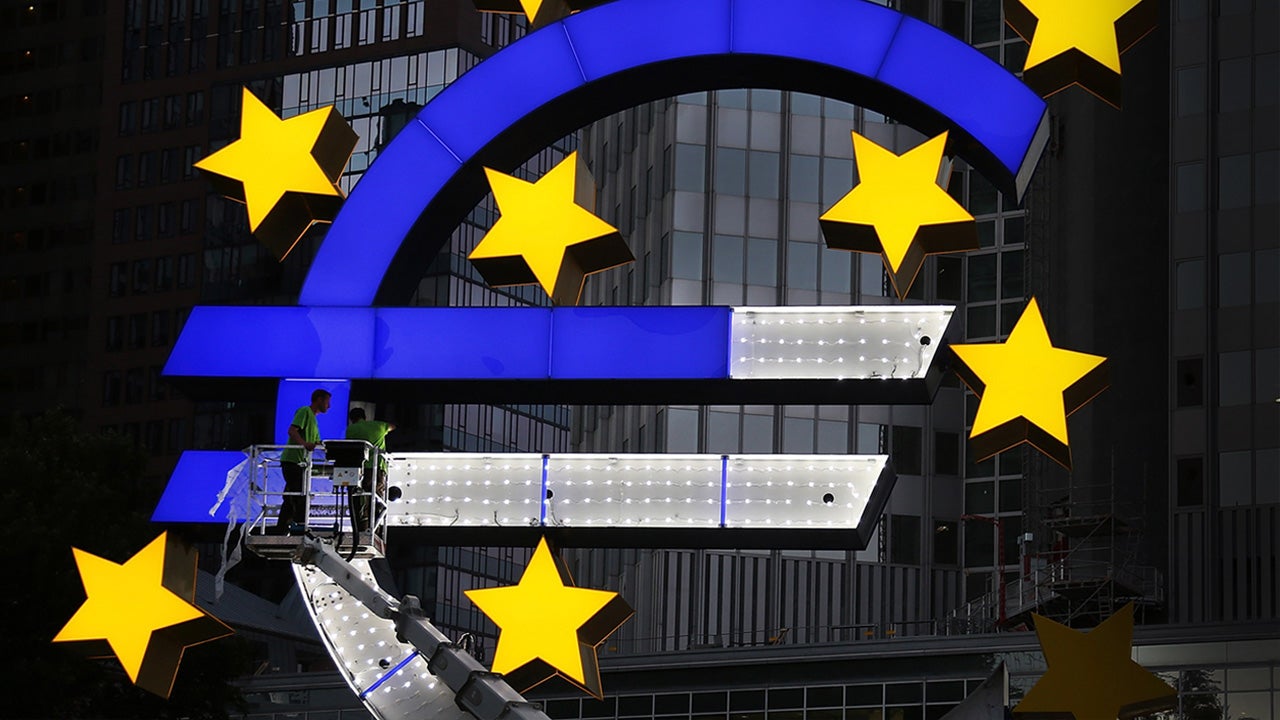Invesco’s 'Future of Europe' series aims to address some of the most pressing questions surrounding the euro, the eurozone (EZ) and the European Union (EU), whilst also examining Europe’s troubled past, uncertain present and possible future.
Grounded in economic and political reality and drawing on both theory and experience, it seeks to provide investors with an informed and practical framework for assessment and decision-making.
This paper, The survivability of the Euro, is the second in the series and comprises three parts, of which this is the first. In this paper we analyse the vital issue of imbalances between member states and explore the conflicts that they generate. We look at the importance of factors such as conditionality, moral hazard and regime change.
We assess the competing perspectives that shape the policy preferences of key players such as the European Central Bank (ECB), whose centrality to the euro’s survival was famously encapsulated in Mario Draghi’s pivotal “whatever it takes” speech; France, whose vision of “l’Europe qui protege” has found renewed fervour – but little additional efficacy – under the leadership of President Emmanuel Macron; and Germany, whose national obsession with the dangers of free-riding by other member states, we believe, stands in the way of integration rather than guarding against disintegration.
Crucially, we consider the multifarious initiatives aimed at strengthening the architecture of EMU against what we call the common currency matrix.1 This can be thought of as a continuum of currency arrangements stretching from freely floating currencies to a “common currency” ranged against non-currency institutional arrangements from full fiscal, monetary and structural autonomy all the way to the fully integrated monetary, fiscal and structural economic construct of a “single state”.
We give our thoughts on which initiatives are genuinely structural, which are merely decorative and which are nothing but follies. In short: we examine where the euro stands today, how it has got here, where it is going now and where it could – not just should – go eventually.
Read the whitepaper
Read the first whitepaper in the series: A map for the future of the Euro








